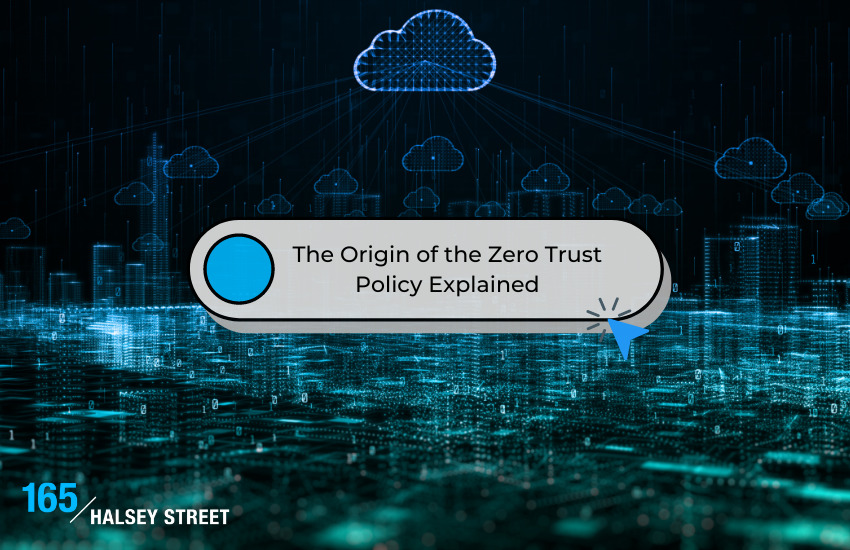Plus, Where Zero Trust is Headed
What Is It?
Zero Trust security is a topic we hear repeatedly in the digital infrastructure community. Keeping it simple, zero trust is a security framework that requires all organization users to be authenticated, validated, and reverified before being granted access to data. Zero trust is helpful in today’s modern business culture of remote work and hybrid cloud computing as cybersecurity threats loom over our day-to-day activities.
When Was Zero Trust Introduced?
To successfully adopt a zero-trust policy, we must fully understand the roots of the term. Although the Jericho Forum members, an international security consortium, forecasted potential issues with perimeter security years ago, the term itself was coined in 2010 by Forrester Research analyst John Kindervag. He presented the idea that an “organization should not extend trust to anything inside or outside its perimeters.”
Additionally, it wasn’t until 2018 that the core seven pillars of zero trust were introduced by Forrester Research, gaining even more popularity post Google’s 2004 publishing of the zero trust initiative. The seven pillars are as follows:
- Workforce security
- Device security
- Workload
- Network
- Data security
- Visibility and analytics
- Automation and orchestration
Where is Global Security Heading?
According to Expert Market Research, the global zero trust security market is, “expected to grow at a CAGR of 17.30% in the forecast period of 2023-2028 to reach a value of nearly USD 59.89 billion by 2027.” If you’re asking why the sudden increase, re-examine one area of increasing demand for IoT devices and 5G technology worldwide. If you’d like a refresher, take a peek at the fascinating statistics in our recent blog on Growing Data Consumption.
Furthermore, with the volume of confidential data increasing daily, targeted cyber-attacks steadily increase hand in hand. With raised concern here, organizations are finally looking to safeguard their precious critical data. The other concern is that as other companies update their cybersecurity practices, organizations fear they will be seen as out-of-date and out-of-touch if they do not update their best practices. In turn, this starts a much-needed ripple effect for increased adoption.
We Want to Hear From You!
165 Halsey Street prides itself on being an industry leader and ensuring we stay up to date with the latest statistics, trends, reports, and practices to provide our current and future customers with the best possible experience. In light of this, what are your thoughts on these policies? Adapting to a zero-trust policy is just as much a culture change as it is a new company initiative. It requires clear communication of benefits and best practices to ensure success. Given these points, 165 Halsey Street empowers you on your journey to safer data.
P.S. We want to meet you next month! You’ll find us next at DCD Connect New York in March. To set up a meeting with our executive team, reach out to us here.

